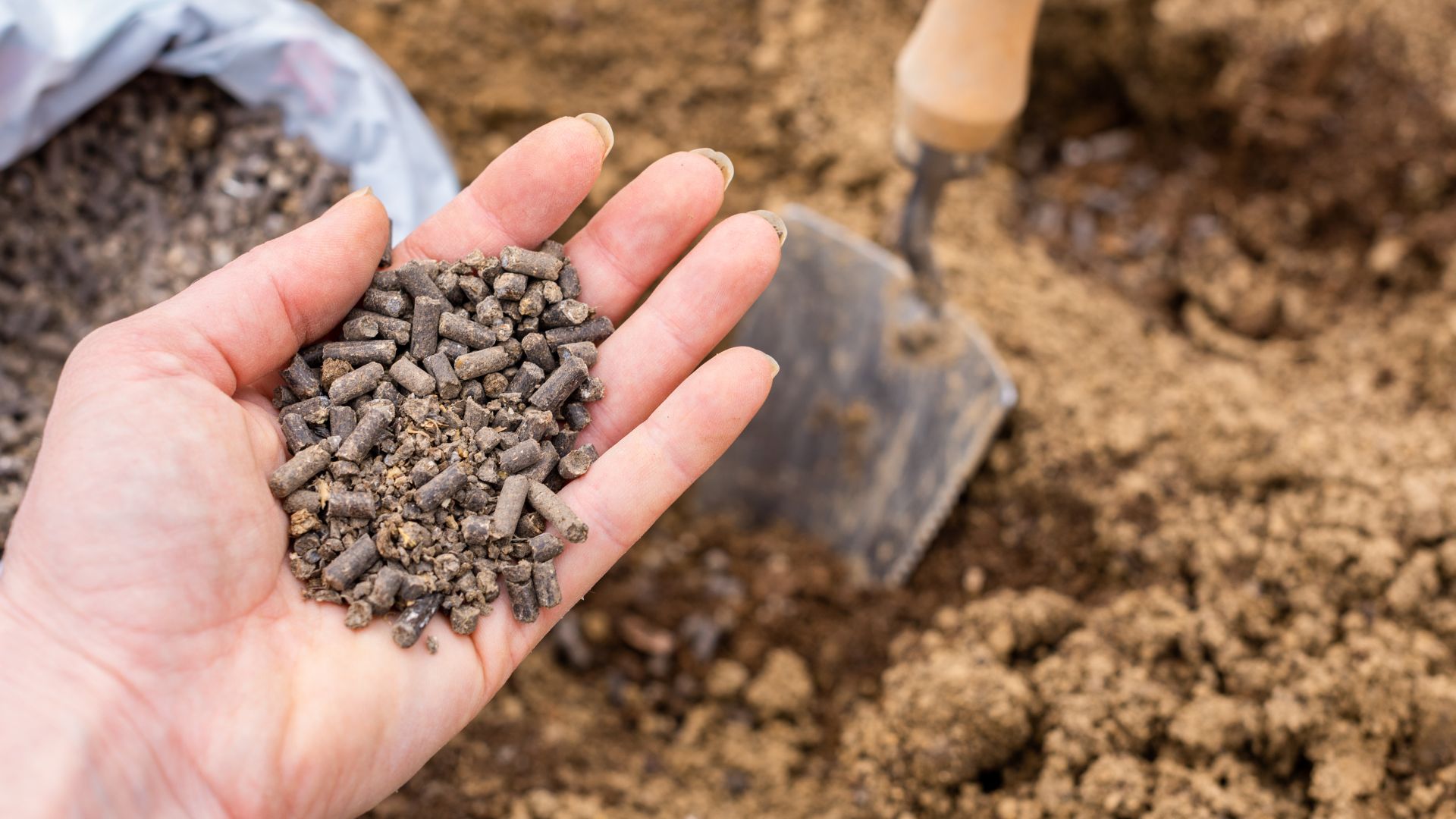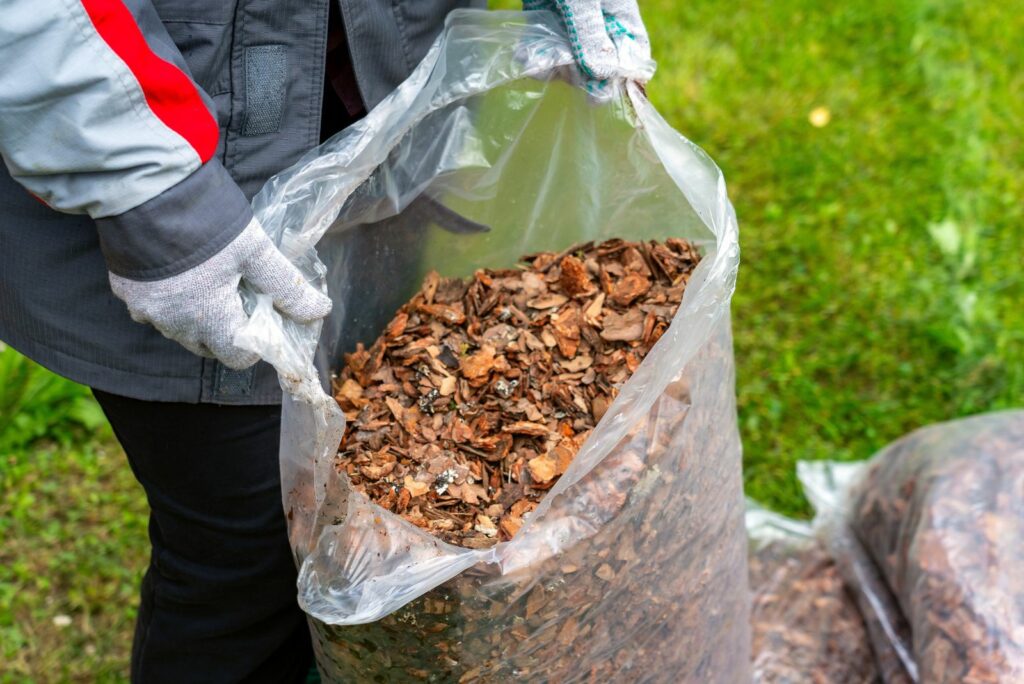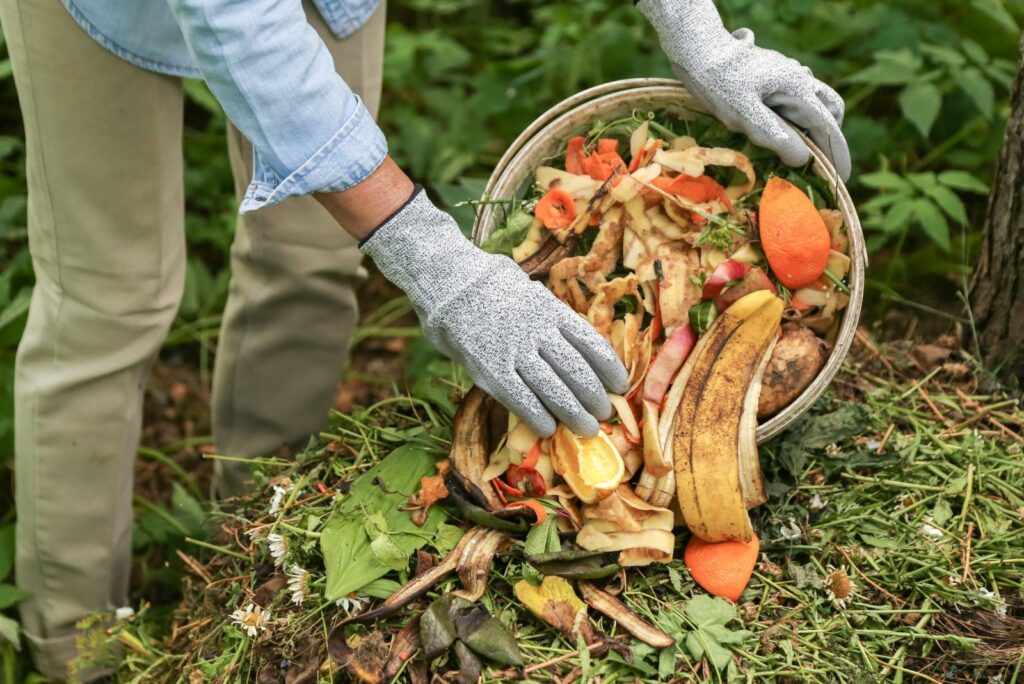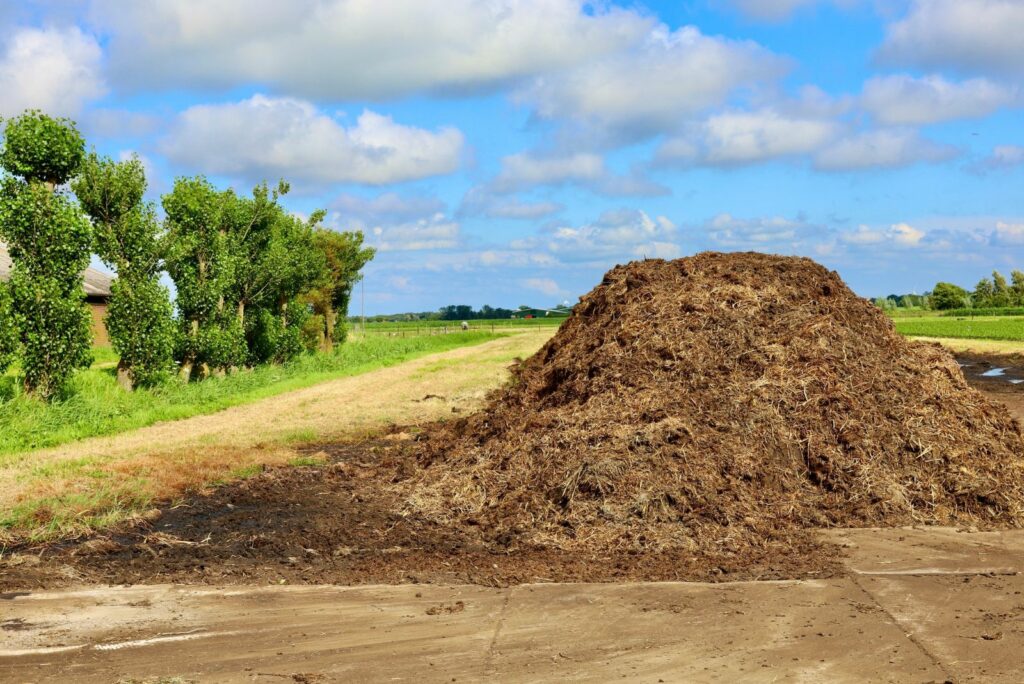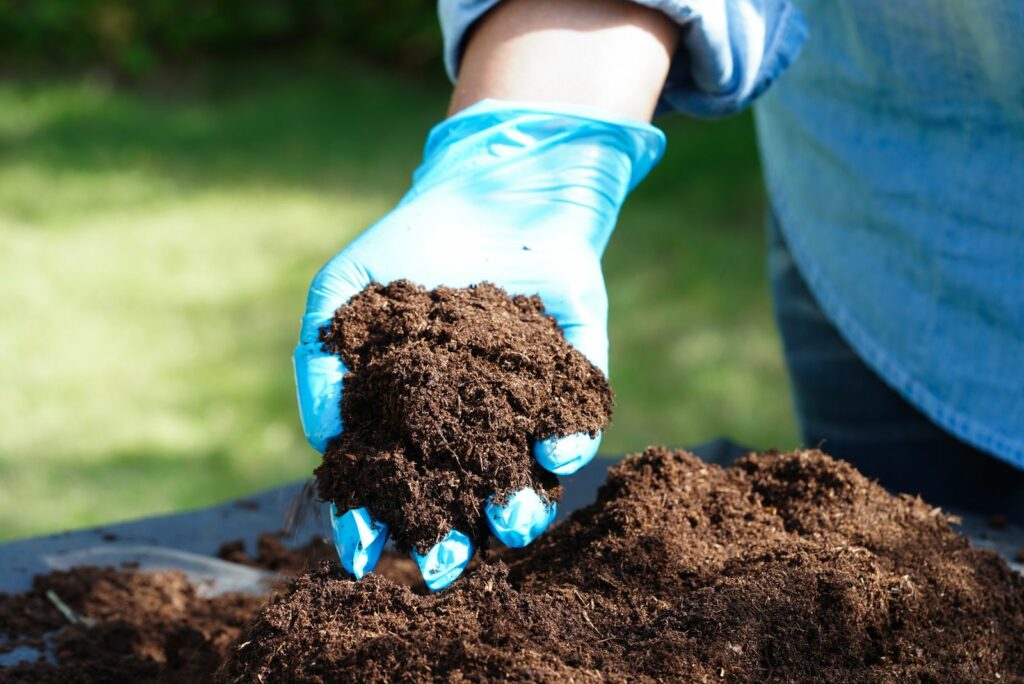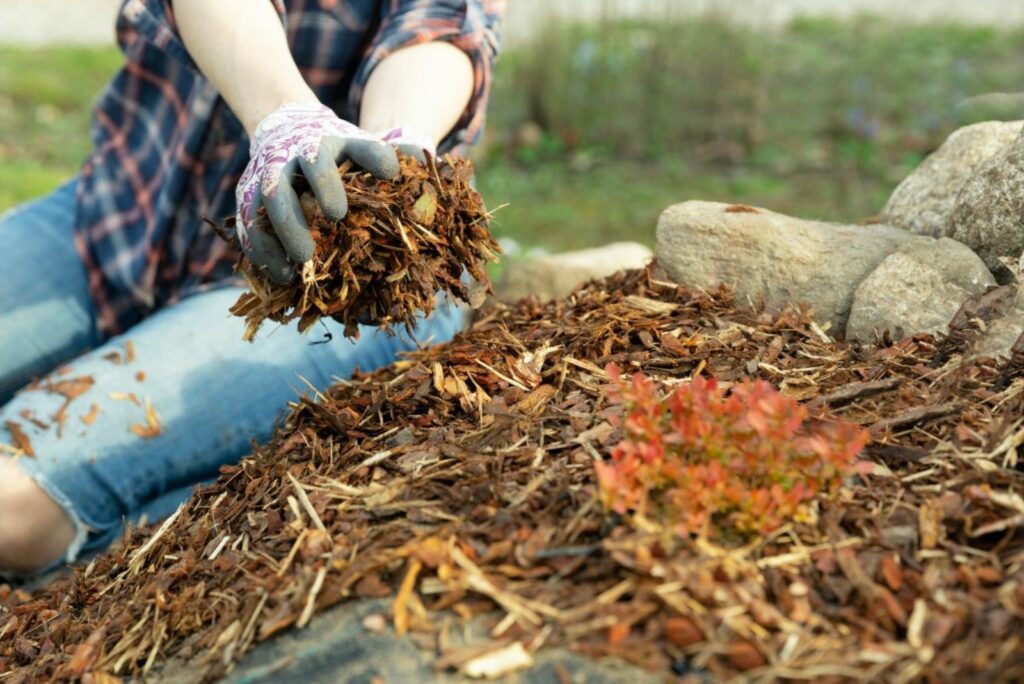Fall is here and it’s the perfect time to give your garden some love before winter arrives.
And what better way to do it than by preparing your soil for the next growing season?
Spring soil can be tough to work with, but in early fall, the ground is warm and much easier to manage. There is also some leftover plant material from summer, which can break down and add nutrients over the winter (it’s a win-win!).
By amending your soil now, you’ll give organic materials time to mellow out so they won’t harm your spring plants (plus, working in the cool fall weather beats sweating in the summer heat!).
A little effort now means your garden will be ready to go come spring. That being said, here are some useful tips to boost your soil’s health for next year!
1. Leaf Litter Is Basically Free Mulch
Fallen leaves in your yard mean free mulch – did you know about this? Instead of bagging them and throwing them away, you can put them to good use!
Leaf mulch acts like a nice blanket for your garden. It helps keep the soil warm, retains moisture, and protects against erosion from rain and wind.
And as the leaves break down, they turn into nutrient-rich leaf mold that feeds your plants over time.
I love using a leaf blower to pile the leaves directly on my garden beds (it’s quick and easy!). If you prefer, you can rake them up or even shred them to help them break down faster.
You can either compost the leaves by layering them with green clippings or spread them directly on the beds to decompose naturally.
So, next time you’re outside enjoying the fall colors, consider using those leaves to improve your soil.
Not convinced yet? Check this out: These Are The Benefits Of Leaf Mulch And The Best Way To Make It
2. Compost Brings Helpful Insects & Bacteria To Boost Your Garden Soil
Take some kitchen scraps and some garden waste and you get compost, which is basically free plant food.
It creates the ideal environment for helpful insects, fungi, and bacteria to break everything down into rich nutrients. It also helps loosen up compacted soil and gives plant roots plenty of room to thrive.
September is the ideal time to add compost to your garden. By top-dressing your beds in the fall, you’re giving the compost time to break down, so all those nutrients can sink into the soil during the winter months (thanks to rain and snow).
I would suggest you clear out any leftover weeds or grass from your garden beds, then spread a 3- to 4-inch layer over the soil.
You can also sprinkle some around your perennials – these plants will appreciate the natural fertilizer when they start growing again in spring!
This might be helpful: Figure Out The Ideal Amount Of Compost You Should Add To The Soil
3. Using Manure Is An Old Trick To Improve Your Soil
Alright, we’ll stick to the traditional gardening practices – using manure. I have chickens specifically because theirs is a gold mine.
Manure, whether it’s from chickens, horses, or cows, is packed with nitrogen, phosphorus, and potassium (basically, all the good stuff plants love).
However, it needs to be composted first, especially if you’re using it in beds where you grow food. Remember, safety first.
If you’re looking to improve soil texture and moisture, mixing it in will do the trick. To make it easier, all you have to do is top-dress your beds this fall – just make sure the ground has cooled to around 50°F so it breaks down slower.
And why fall, you ask? Well, nitrogen in manure takes a while to become useful to plants, so applying it in fall gives it time to mellow out before spring.
4. Lower The pH Levels And Improve Soil Aeration With Peat Moss
Peat moss is a partially decomposed bog plant that’s perfect for lowering the pH in your soil, which makes it ideal for acid-loving plants.
It also does a great job aerating the soil and helping it retain moisture (if you live in a dry area, you know what to do).
Fall is the perfect time to mix peat moss into your garden since the soil is softer and easier to manage.
But before you rush out to get some, know there’s a bit of controversy around using it – peat moss harvesting can harm ecosystems because it takes years to regrow. However, sustainable methods do exist, so make sure to source yours responsibly!
If peat moss isn’t for you, coconut coir is a great alternative (though it has its own environmental issues).
The choice is yours, but either way, a single application of peat moss lasts for years and helps loosen compacted soil.
Related: Here Are The Pros And Cons Of Using Peat Moss On Lawn + The Best Peat Moss Alternatives
5. Mulch Never Disappoints
A good ol’ mulch is always good for the garden. I mean, what’s not to like?
Not only does it prevent weeds from growing, but it also acts as a natural insulator, regulating soil temperature and locking in moisture.
As it breaks down, mulch improves soil structure, enhances drainage, and releases nutrients to encourage plant growth.
And it’s also super easy to apply it – start by weeding the area for a clean base. Spread a layer of organic mulch (about 2- to 3- inches) and let it work its magic.
Keep adding mulch yearly and you’ll notice richer, healthier soil over time.
No matter which method you pick to enhance your soil, fall is the ideal season to get started. Pick your soil amendment and get to work!
This might be helpful: How Often Should You Replace Mulch To Keep Your Garden Thriving?

